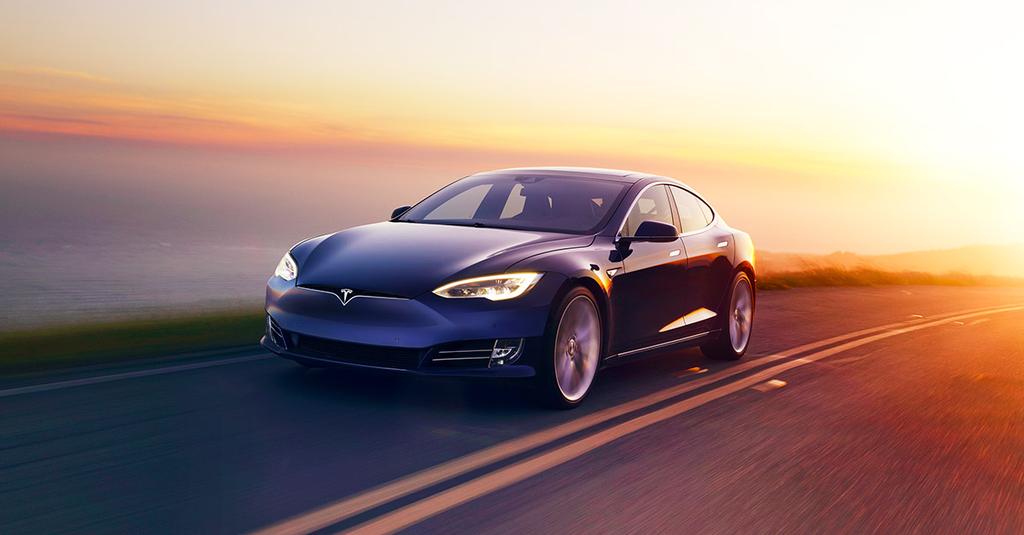Blue and green should never be seen…
by John Curnow on 21 Feb 2017

Blue and Big Blue... SW
…without another colour in between. That was how the famous old adage went, and it was certainly a well-chanted mantra in the graphic design business, up until the late 90s. I can remember seeing my first logo with navy and lime green right next to it, and then thinking that would pretty much be the end of that rule. It was.
Similarly, being out on the big blue was once not a place to get all green. Sure, biodegradable matter could go over the side, but anti-foul was full of copper, and on board you had a trusty lump of a Diesel, but it was hardly efficient. Yet just like the visual arts and communications, it seemed blue and green were capable of sitting right beside each other.
The efficiency of iron topsail improved immensely, as did its performance and quietness. Even ablative anti-foul had to conform to rules, and yards got green stamps for run-off while blasting and so forth, all had to be trapped and dealt with. Yes. Things moved on smartly once the two colours saddled up next to each other.
The wind generator was hugely powerful, and fantastic on most occasions, but of course useless when becalmed. Noise was an issue, and birds and fingers did not do so well near them, but thankfully it was never as shocking as Jack Newton, or complete as Cactus 1549. In the meantime the solar panel got terribly effective, flexible, far less bulky, awkward and ungainly. It was also much lighter. Solar had made its presence felt, yet it almost as silently as the power it generated.
So that left hydropower. Interestingly, the continual crossover in technologies between cruising and racing, that too accelerated over the last 20 years, meant that by 2008 the Vendée Globe IMOCA 60s had Watt & Sea hydrogenerators to provide the kinds of power all their comms gear had come to require. The minimal drag did not adversely affect speed either, which was never an issue for cruisers, but certainly was top of mind for racers. Yet now cruisers want to go quickly and even get prizes for fastest trip awarded to hem after rallies, so it really is a brave new world.
Now just like anything, the costs some down as more adopt, and the technology advances with smaller and more efficient units becoming available. Indeed the next iteration of the Volvo Ocean Race will have small hydrogenerators, as that event goes greener, as well.
That’s all great for on board electricity, but what about the auxiliary for propulsion? Hybrids are here and have been for a while. However, just like their automotive cousins, they are expensive and complex, and when you weigh the whole deal up, with the cost to make them in the first place and the battery life, are they really helping the overall cause? Arguably not.
Electric motors have tremendous torque for terrific and instantaneous delivery of motion, but a decent power drain. Think bow thruster or Tesla automobile. Hanse have given us the electric prop on the trailing edge of the rudder, which is very smart indeed. It has less drag than a sail drive, and certainly a shaft, but importantly, provides propulsion in the direction of the blade angle, and that is going to help manoeuvrability no end.
It is not a huge motor either, which means the drain will be low, and yet it can propel the craft at similar speeds. The range needs to be considered, but you do have a huge weight saving. Given the slim line approach to it all, you wonder that at some point we may see it not only propel, but also generate, and wouldn’t that be very cool.
Now it is possible to sail all around the world without burning something to help. This has been proven repeatedly since the late Noughties, primarily in solo applications to date.
So as we begin to wind up, the only question remaining is cars are now far more recyclable than they were a while back, but hilariously maybe not as much so as the before the 60s or early 70s, when steel was the primary weapon of choice. Where does this leave us with boats? It is the subject for another day no doubt, and we’ll leave it for now.
Concluding then, we ask is all the above meaning that we have got to the death of combustion? Not yet, it would seem, but perhaps were are a good deal of the way closer to having blue and green in bed together. Ultimately, anytime you don’t have to run the smelly is a good thing, and if it means the auxiliary is to really become more like a back up generator for cloudy days or periods at anchor, then we may really be onto something!
Are you out there plying the seas and got something to say? We’d love to hear from you via editor@sail-world.com Also, if you would like to receive our newsletter each week, then please go to the 'Newsletter' button at the top of the Sail-World home page and enter your details. Simple...
If you want to link to this article then please use this URL: www.sailworldcruising.com/151949